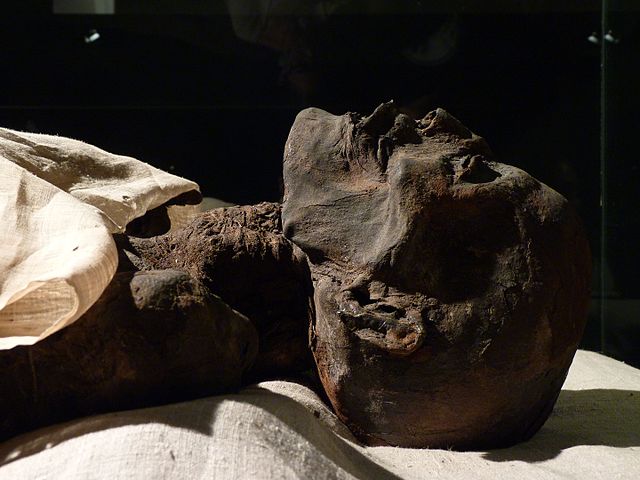Seba, also known as Sema or Sembat, is an ancient Egyptian term that carries both artistic and scientific significance. It refers to the act of mummification and the associated rituals and beliefs surrounding death and the afterlife. Here, we explore the art and science of Seba and the mysteries that surround this practice:
1. Mummification as an Art and Science:
- Artistic Process: Mummification was a carefully executed process that involved artistry in preserving the body and creating intricate burial goods, including coffins, amulets, and tomb paintings.

- Scientific Knowledge: Mummification also required a deep understanding of human anatomy, preservation techniques, and the use of natural substances like natron (a type of salt) to desiccate the body.
2. Religious and Cultural Significance:
- Belief in the Afterlife: Mummification was grounded in the ancient Egyptian belief in the afterlife. It was believed that the body needed to be preserved for the soul to have a vessel in the afterworld.
- Rituals and Ceremonies: Mummification was accompanied by elaborate rituals and ceremonies, often involving priests and various offerings to the gods. These rituals were designed to ensure the deceased’s safe passage to the afterlife.
3. The Process of Mummification:
- Body Preparation: The mummification process typically began with the removal of the internal organs (except the heart) and the cleansing of the body.
- Drying and Preservation: The body was then treated with natron and left to dry, which preserved the tissues and prevented decay.
- Wrapping and Amulets: After drying, the body was wrapped in linen bandages, and various protective amulets were placed among the wrappings to safeguard the deceased in the afterlife.
4. Different Methods and Levels of Mummification:
- Varied Practices: The exact process of mummification varied over time and depending on one’s social status and wealth. Wealthier individuals could afford more elaborate mummification practices.
- Animal Mummies: Mummification was not limited to humans. Various animals were also mummified, often as offerings to gods or for religious purposes.
5. Modern Scientific Study:
- Advances in Technology: Modern science and technology have enabled researchers to gain insights into mummies’ physical condition, diet, and even diseases they may have suffered from.
- Cultural Understanding: The study of mummies has not only provided scientific data but has also deepened our understanding of ancient Egyptian culture, religion, and daily life.
6. Continuing Mysteries:
- Ancient Techniques: Some aspects of mummification, such as the precise techniques used to create the most well-preserved mummies, remain a subject of research and debate among scholars.
- Religious Beliefs: The exact religious and spiritual significance of every step in the mummification process is still a topic of exploration.
In summary, Seba, or mummification, represents a fascinating blend of art and science deeply rooted in ancient Egyptian culture and spirituality. It is a practice that continues to captivate our imaginations and inspire both artistic and scientific endeavors as we seek to unravel its mysteries and gain a deeper understanding of its significance in the ancient world.











